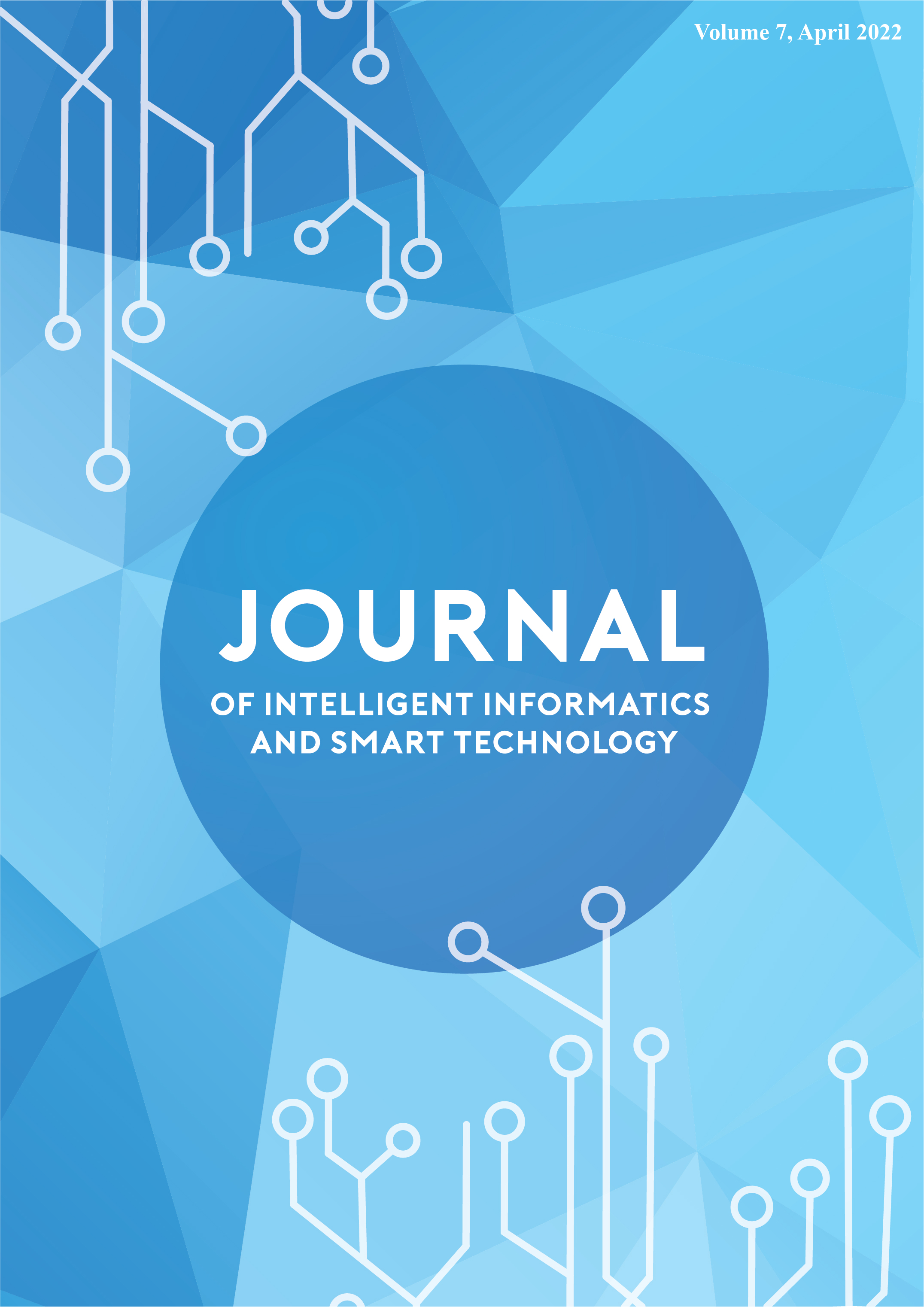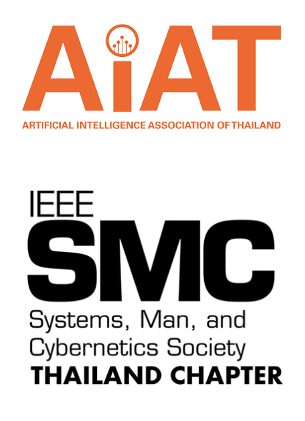Creativity in awareness communication
DOI:
https://doi.org/10.14456/jiist.2022.6Keywords:
Emergence of Awareness Through Communication, Visualization Thought Processes, Horizontal and Vertical Cooperative Work, Secondary AwarenessAbstract
When discovering and solving problems, it is common to verbally express the outcome of the process. Even when a problem in need of solving exists, it is rare to propose solutions in writing from the start; typically, people begin by searching for and collecting information and ideas. When possible, people may write down their thoughts and observations at the site of the problem or use cameras or other equipment to record them. Organizing and labeling these thoughts and observations as 'objects' and then arranging them appropriately is likely to facilitate the production of logical writing that assists in problem solving. In this study, we engaged groups in problem solving and cooperative fieldwork. This cooperative work led to the emergence of secondary awareness, an outcome we verified using several tests. Conducting fieldwork and organizing related observations in groups involved the use of multiple sensory organs, and the communication required during this process likely led to the emergence of secondary awareness.
References
Margaret A Boden. The creative mind: Myths and mechanisms. Routledge, 2004.
Philip M Merikle. Toward a definition of awareness. Bulletin of the Psychonomic Society, 22(5):449–450, 1984.
Erik De Graaff and Anette Kolmos. Management of change: implementation of problem-based and project-based learning in engineering. Brill, 2007.
Jiro Kawakita. The original kj method. Tokyo: Kawakita Research Institute, 5, 1991.
Susumu Kunifuji, Mikio Naganobu, Susumu Maruyama, Motoki Miura, and Toshio Nomura. Introduction to kj-ho–a japanese problem solving approach. Creativity & Human Development, 14(16), 2013.
The editorial committee in commemoration of Jiro Kawakita. Exploration of Syn-thesis-thoughts and its possibilities of Field Science. Shimizu-kobundou, 2012.
Tomohiro Kokogawa, Yuji Maeda, Takahiro Matsui, Junko Itou, and Jun Munemori. The effect of using photographs in idea generation support system. Journal of Information Processing, 21(3):580–587, 2013.
Hal Gregersen. Better brainstorming. Harvard Business Review, 96(2):64–71, 2018.
Susumu Kunifuji. The kj-ho and the w-shaped problem solving methodology and its application to real world problems. Torrance Journal for Applied Creativity, 1:105–112, 2015.
Charles F. Hockett. The origin of speech. Scientific American, 203(3):89–96, 1960.
Naoshi Uchihira, Sunseong Choe, Kunihiko Hiraishi, Kentaro Torii Tetsuro Chino, Yuji Hirabayashi, and Taro Sugihara. Collaboration management by smart voice messaging for physical and adaptive intelligent services. In 2013 Proceedings of PICMET ’13: Technology Management in the IT-Driven Services (PICMET), pages 251–258, 2013.
M. Okada and et al. Collecting awareness during fieldwork. The 41st Annual Conference of JCS, 09 2019.
M. Okada and et al. Emergence of awareness during fieldwork. The 14th International Conference on KICSS, 11 2019




